
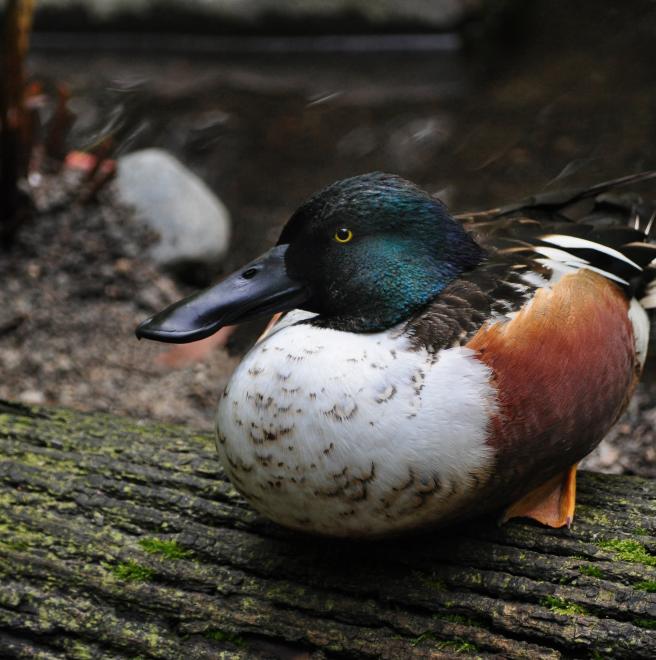
According to Audubon's climate model, this charismatic duck is projected to lose 75 percent of its current summer range by 2080, with no potential for expansion. During the winter, however, a strong northward push is predicted, with the species largely blanketing the lower 48 by 2080. As a bird of open wetlands, how climate change will impact rainfall across the summer breeding grounds is a big concern.
This dabbling duck is widespread in the Northern Hemisphere, breeding across Europe and Asia as well as North America, and wintering south into the tropics around the world. In North America its main breeding areas are from Alaska south through western Canada and much of the western United States, with more localized populations in the eastern part of the continent. A denizen of shallow marshes, the shoveler is often seen swimming forward with its big, spatulate bill partly submerged in the muddy soup. Its bill is adapted for straining tiny crustaceans, insects, and seeds from the water. Although shovelers look heavy-bodied, they are good fliers; at large gatherings during migration or winter, small groups of these ducks are often seen taking off, circling the area, and then landing again, for no apparent reason.
Explore more birds threatened by climate change around the country.
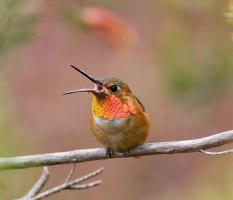
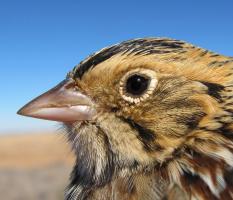
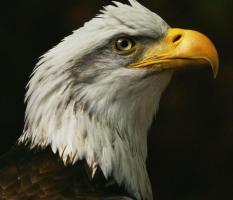
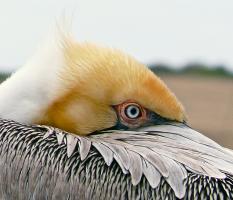

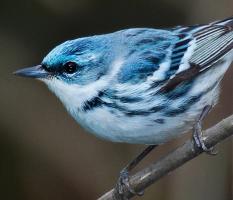
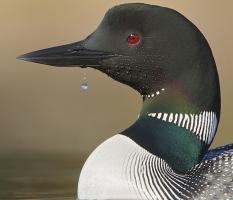
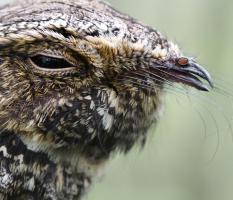





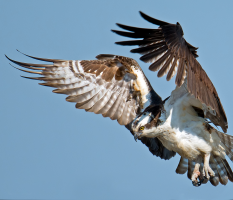
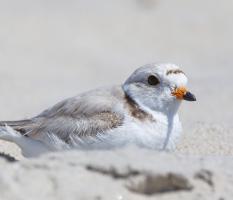

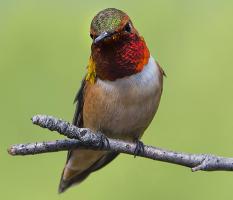

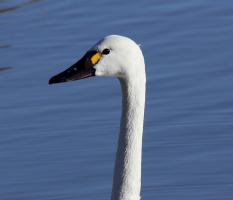
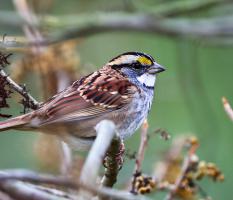

It's easier than you think to make a difference. Become an Audubon member today to help birds facing climate change.